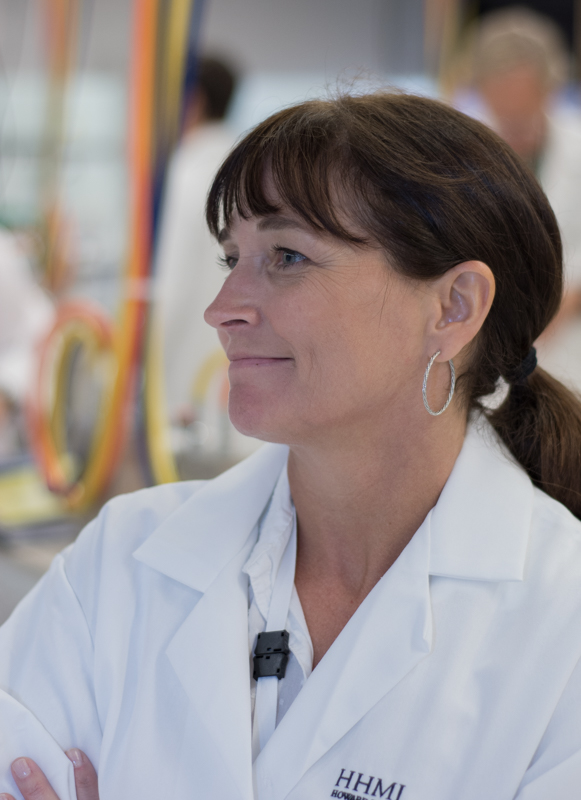Welcome to the forums at seaphages.org. Please feel free to ask any questions related to the SEA-PHAGES program. Any logged-in user may post new topics and reply to existing topics. If you'd like to see a new forum created, please contact us using our form or email us at info@seaphages.org.
Recent Activity
Pham 5614 function
| Link to this post | posted 11 Mar, 2019 21:25 | |
|---|---|
|
|
We are annotating Axym, a Cluster CT phage. On the right arm of the genome is a gene belonging to Pham #5614. On Phamerator, this is Gene 53; Stop = 36402 There are 15 members of the Pham and the non-draft genomes have called several different functions: Quasar calls ATP binding cassette -like protein, COZZ calls kinase, Nina and others call thymidylate kinase along with a few other functions. The strongest HHPRED hit is to ATP binding cassette in humans. There are multiple good HHPRED hits, many of which are in bacteria. We are unsure what function to call and thought a more experienced set of eyes could help sort out the multiple different function calls. |
| Link to this post | posted 12 Mar, 2019 18:02 | |
|---|---|
|
|
I think it is always better to be as specific as the evidence allows. The three terms you cite are not inconsistent just different levels of specificity. I think most, if not all, kinases use ATP as the source of the phosphate so not surprising that a kinase has an identifiable "ATP binding cassette". I would pay particular attention to the length of the alignments, does a particular alignment include the majority of your protein? is that alignment along the majority of the subject? Thoese "full length by full length" alignments are the most informative and I would pick the most specific term (i.e. the thymidylate kinase). On the other hand if the region of your protein that matches the "ATP binding cassette" is the same region that is matching to a subpart of some thymidylate kinase then you likely just have an ATP binding domain that is particularly similar to the ATP binding domain found in a thymidylate kinase, in that case I would use the more general ATP binding domain. |


